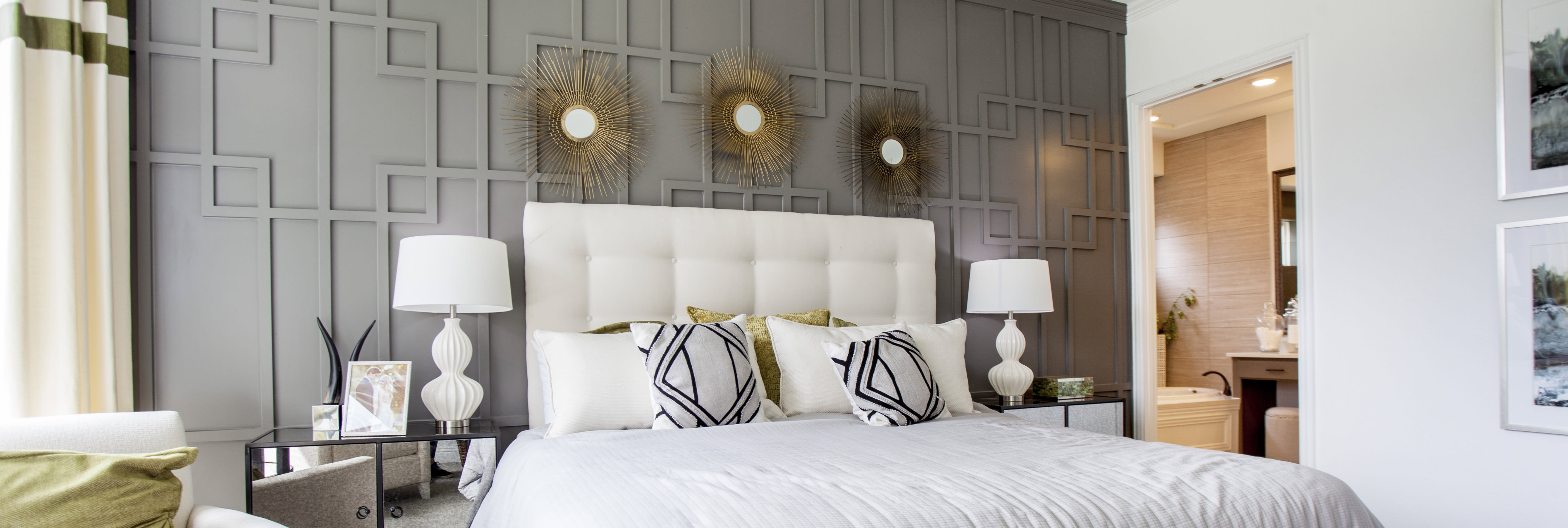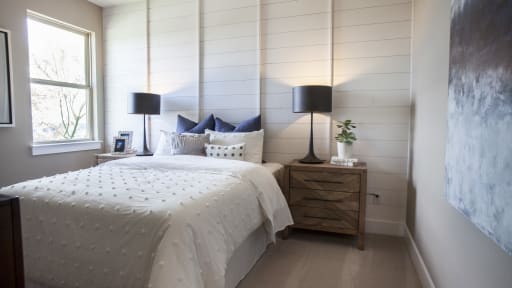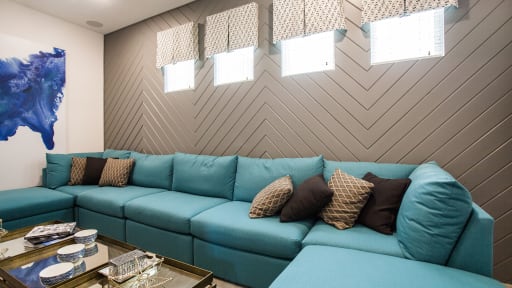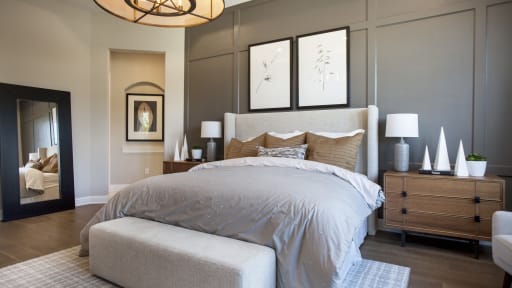DIY Homeowners Improve Living Spaces With Hot-Trending Millwork & Shiplap Projects
Posted by Jim V. on 22nd Jun 2023

Today’s homeowners have become increasingly confident about DIY upgrades due to a wealth of information online. YouTube videos often provide a wide range of step-by-step home improvement instruction. Living in the information age certainly has proven beneficial to everyday people who are not necessarily finish carpenters.
One of the trending upgrades is re-imagining interior wall designs with cost-effective products such as millwork, shiplap, moulding, and wainscotting. When these items are deftly integrated into a living space, the extraordinary detail makes them seem as if only a seasoned professional could do the work. But one of the little-known facts about these items is that they are easy to use.
The result of redefining your home with custom design details is higher property values and an ambiance that reflects your personal taste. These are millwork, shiplap, moulding, and wainscotting ideas that everyday people could create or outsource to a local contractor.
Coupling Shiplap & Millwork Delivers Room Enhancements

Shiplap, also called wall planking, ranks among the most simple types of wood materials used. It is essentially boards made of pine or cedar, among others, that have been milled to interlock. Typically 1x6 or 1x8 inches, this material easily stacks in even, horizontal rows while showcasing subtle lines every few inches. If you know how to use a hammer, chop saw, and measuring tape, this could be a major interior upgrade at a minimal cost.
One of the ways that homeowners are going beyond the simple lines of shiplap walls is to overlay them with millwork. Straight vertical pieces of 1x1 material can provide a creative feeling of spaciousness. This has been particularly effective in relatively small bedrooms with a suitable base moulding. Whites, off-whites, and grays appear to be the color of the day.
Taking Shiplap To The Next Level

Ranked among the reasons so many working families gravitate toward shiplap is that it is relatively inexpensive, easy to work with, and provides a creative finish. While stacking boards offer simple elegance, some homeowners prefer alternative lines.
Cutting shiplap to form V-shaped lines across a wall adds a vastly different style element. One of the hot trends is to employ this on one wall and paint it a different color or tone. It’s a significant upgrade when completed for a modest effort. Unless you have relatively sound finish carpentry skills, intricate designs may be better left to a contractor. The good news about using shiplap and moulding is that labor costs tend to be minimal.
How To Get The Most Out Of Millwork

Today’s homeowners may not know that wainscotting and millwork are not necessarily two different items. Wainscotting is the detailed work on the lower portion of a wall. It was initially used to cover over damp spots in outdated construction that didn’t effectively deter moisture penetrations.
Over the years, wainscotting has emerged as a décor element. Intricate millwork materials are used to create the desired appearance. These days, finish carpenters and DIYers with significant skills can inlay millwork to form their ambiance of choice.
But next-generation interior designs are extending millwork to run from floor to ceiling. Some act as wall overlays while others create special designs. Many of these take millwork to an artist’s level by using faux finishes and varied color schemes. What’s particularly amazing is that everyday homeowners could achieve this artisan-level wall patterns with or without hiring a contractor.
Conclusion
If you are ready to reinvent your living space, it may be worthwhile to consider these cost-effective materials.
About The Author
Jim V. earned a Master’s Degree in English Literature with a concentration in the Modern American Novel. He grew up in a construction family. Worked as a carpentry, mason’s apprentice and contractor. Jim was the editor of a weekly Real Estate publication for 5 years during his career in print media, in addition to the many years of hands-on experience in construction as a general contractor and carpenter.
The articles and other content contained on this website/blog are provided for informational purposes only and should not be relied upon for any purposes. While it is our goal to provide you with up-to-date, relevant and useful information on a wide range of topics, we make no representations or warranties of any kind, whether express or implied, concerning the reliability, suitability, completeness or accuracy of any of the information made available on this site. The articles and information contained on this site are not intended to provide legal, accounting or other professional or business advice and should not be treated as a substitute for the advice of a professional with knowledge of the facts and circumstances of your specific situation. By accessing this site, you agree that you will not seek to hold E.C. Barton & Company or any of its affiliates liable for any losses or unanticipated costs or assert any other claim based on your use of this site or on the reliance on the content contained herein.


